To understand the postingestive effect of fat, we used one of the fat substitutes, sorbitol FA ester (SOR), in an animal study. SOR consists of FAs esterified onto a sorbitol molecule, which is nondigestible and contains few calories (1.5 kcal/g). When mice were offered both 2% sorbitol FA esters and its vehicle at the same time in a two-bottle choice test for 10 min, the mice significantly preferred SOR. In a long-term two-bottle choice test between 100% corn oil and 100% SOR, mice drank equal amounts of the two solutions during the first 30 min. However, the mice showed a preference for corn oil after 30 min and up to 24 h, suggesting that mice considered that SOR was similar to corn oil for the first 30 min but not thereafter. In terms of texture in SOR, mice with a conditioned taste aversion to corn oil avoided SOR, and vice versa, suggesting that oral cues did not allow them to discriminate between the two solutions.
We’ll break down what each word means, what vegans and vegetarians do and don’t eat, and what the word vegan means beyond eating. We’ll even define some related terms, including plant-based, flexitarian, and pescatarian. Animals need a source of energy to sustain life processes within the body and for muscular activity.
Because of the effect they cause on feelings, these creatures should be given special treatment, or any animal worth keeping alive. If you need to raise a lot of animals, e.g. an exponentially growing flock of chickens, you will need to grow haygrass to sustain them all. You also need to have a stock of haygrass to keep animals fed through the winter. The speed at which skills decay is dependent on wildness of the animal. For many species, their wildness is high enough such that their tameness decreases over time and they may eventually return to the wild. For this reason, if you do not have handlers meeting the animal’s minimum handling skill, it is best to sell or slaughter before your animal returns to the wild.
Most carnivores are predators who will hunt smaller species (except domestic dogs who never hunt). They’ll first attempt to eat meals, meat, and other food types within their diet. Lions are believed to feed every three or four days, and need on average between 5kg and 7kg of meat a day. But they can go without food for more than a week and then tear into prey, eating up to 50kg of meat at a time – that’s almost a quarter of the animal’s body weight.
Could it be that the modern suggestions of the carnivorous nature of the dinosaurs is a denial of biblical truth? Once again, the rarity of carnivory is consistent with the idea that carnivory is a late introduction to God’s creation. When God finished His work of creation there was an idyllic, harmonious existence between earth, animals, and man. The world that we observe today is not very idyllic, and it is certainly not very harmonious. The questions of why this came about, and what kind of change resulted will be raised and an answer proposed. In this article, we explore the similarities and differences between veganism and vegetarianism.
Breeds of dogs that were developed in specific locations, such as Arctic Circle breeds and some of the water breeds, may have adapted to specialized diets that are common in their place of origin. Inbreeding and genetic differences between individuals in each species may result in further need for individualization of the pet’s diet in order to optimize health. In terms of nutrition and digestibility, there are simply no differences between dry and canned (wet) dog food. You should make your decision based on your lifestyle, preferences, and budget. For dogs that need to consume more water or have certain special dietary needs, canned foods may be a better choice. Nutritional guidelines have been developed by the Association of American Feed Control Officials (AAFCO).
Most of this is for raising livestock – the land requirements of meat and dairy production are equivalent to an area the size of the Americas, spanning all the way from Alaska to Tierra del Fuego. These studies imply that using a fat substitute might be helpful in reducing calorie intake from fat but not in decreasing total calorie intake. To overcome the high palatability of fatty foods, we should consider not only the sensory similarities of these substitutes but also the contribution of postingestive effects on their palatability.
Then ‘she immediately regurgitated all the food she held in her stomach’.46 Even at four years old, the lion could not be trained to eat meat. This remarkable story seems to confirm the truth of the Scriptures. Mosquitoes that do not draw blood find nutrition by feeding on plant nectar.37 So it seems that only a portion of mosquitoes use blood, and it is only mammalian blood. This amount would not include males since they do not consume blood. Nor would it include those few species where the females use nectar. So the percentage needing blood is under 50% of the total mosquito population.
Those data strongly suggest that CD36 on the tongue acts as an FA receptor. Meals and snacks on the carnivore diet consist entirely of animal products and offer little variety. All foods that do not come from animals are excluded from the carnivore diet. For example, those who need to limit their protein intake, including people with chronic kidney disease, should not follow the diet (27). In fact, one review found that a high-protein, low-carb diet may increase your risk for gut inflammation. When your body digests large amounts of protein, it creates potentially harmful byproducts in your gut.
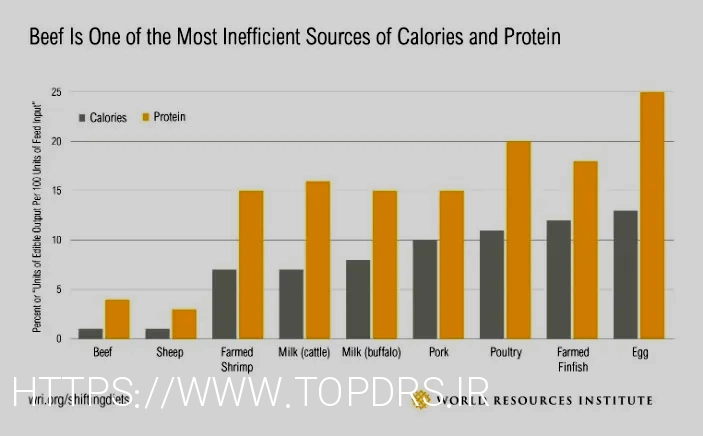
The danger of the non-organic/organic mill situation is, for many, organics is seen as an ‘add-on’, with organic bin storage of secondary importance to conventional. Laboratory findings and testing are only part of the nutritional research at the Bronx Zoo. ”I can put a great diet on paper but if the animal doesn’t eat it, only part of my job gets done,” she said.
Animals that eat different types of foods are known as polyphagous, the ability is referred to as polyphagy. Certain animals are restricted often by their anatomical and physiological make up that are able to consume one particular feed source – these animals are known as monophagous, the ability is referred to as monophagy. Oligophagous animals feed one particular type of food usually within a taxonomic group. Animals can be classified according to the type of feed they consume.
However, for most pet dogs, feeding once or twice per day is recommended. Many dogs will benefit from eating equally divided meals two to three times per day. See the handout “Feeding Times and Frequency for Your Dog” for more information on feeding schedules and mealtimes. Think fish and seafood, chicken, red meat, tofu and other vegetarian protein and nuts and seeds.
Sources of vitamin D
A nectarivore is an animal that feeds on nectar – a sweet fluid produced by flowers as an incentive for pollinators to visit. Examples of nectarivores include birds such as hummingbirds and sunbirds (both of which have long bills for gathering nectar); and bats such as the long-tongued nectar bat. Examples of granivores include finches (birds of family Fringillidae, which includes species such as the hawfinch and red crossbill), and the wood mouse, a small rodent found in Europe and North Africa.
Vegans are also at risk for an essential omega-3 fatty acid deficiency, specifically in EPA and DHA, even if they consume plant sources of these nutrients. DHA is necessary for brain function and cognition and to avoid brain fog, memory difficulty, and more. Vegetarians and pescatarians can obtain EPA and DHA more easily from eggs and seafood. A vegetarian diet is one that does not include any meat or seafood. However, there are many variations to this – some people following a vegetarian diet may eat eggs and dairy foods, while others may avoid one or both. Animals usually wander the map aimlessly and feed when hungry, even eating player-grown plants.
Foods That Aren’t Vegan
No predators hunt lions to eat them; however, they do have a few natural enemies, such as hyenas and cheetahs. Hyenas compete with lions for food and often try to steal their kills. When hunting smaller animals, lions will often ankle-tap their prey. By clipping an animal’s ankle from behind while it is walking or running, the lion aims to trip it up, making it easier to catch.
As family members enjoy the feast, I watch their little boy, Alfonso, who had been sick all week. He is dancing around the fire, happily chewing on a cooked piece of coati tail. Tonight in Anachere, far from the diet debates, there is meat, and that is good.
The addition of corn to the diet of a steer changes the chemistry of its digestive system and leads to serious illnesses, including bloat and acidosis. This illness, which is extremely painful for cattle, brings into question the ethics of feeding cattle a corn-based diet and the ethics of the policies surrounding corn production. “Fodder” refers particularly to foods or forages given to the animals (including plants cut and carried to them), rather than that which they forage for themselves. It includes hay, straw, silage, compressed and pelleted feeds, oils and mixed rations, and sprouted grains and legumes.
If it reaches 100% the egg is ‘ruined by temperature’ and will not hatch even if returned to a suitable area. A ruined egg still has full nutritional value and can be used to make a meal (or eaten raw, with a mood debuff). Egg-laying animals include the Cassowary, Chicken, Cobra, Duck, Emu, Goose, Iguana, Ostrich, Tortoise, Turkey as of 1.1. Females become fertilized after mating with males, causing them to lay fertilized eggs. Most animals will not lay unfertilized eggs, with the exception of chickens, ducks, and geese.
They can’t digest it properly and, even if they could, they can’t convert it into sugar and store it for later use. What’s better than fresh, home-grown produce straight from the garden? As well as being healthy and delicious, it is free from the carbon footprint of shop-bought food. Here’s how we can all make changes to our diet to help us eat healthily and sustainably, in a way which is good both for both us and for the environment.
Obligate carnivores are those that rely entirely on animal flesh to obtain their nutrients; examples of obligate carnivores are members of the cat family, such as lions and cheetahs. Facultative carnivores are those that also eat non-animal food in addition to animal food. Note that there is no clear line that differentiates facultative carnivores from omnivores; dogs would be considered facultative carnivores. However, veganism is a stricter form of vegetarianism that prohibits the consumption or use of any products that come from animals, including dairy, eggs, honey, leather goods, wool, and silk. Seafood contains a range of nutrients, notably omega-3 fatty acids. Omega-3 fatty acids are important because the body cannot produce them itself.
Whether it’s caring for animals, the environment, or one’s own health, there is a multitude of reasons to choose a vegan lifestyle. Farming animals for meat and dairy requires space and huge amounts of water and feed. The livestock industry alone generates nearly 15% of all man made greenhouse gas emissions.
In the past, researchers believed that the preference for dietary fat came mostly from its texture and flavor. However, the sensation of fat spreads throughout the oral cavity when we eat high-fat foods such as butter or fresh cream. At the moment we do not have an appropriate word to describe the fatty taste, and we are still not sure that the fatty sensation in the oral cavity is one of taste. The authors of recent studies suggest that there may be fatty acid (FA) receptors on the tongue that play an important role in the recognition of FAs (Table 10.1). Following the carnivore diet involves eating only meat, fish, and animal products, eliminating all other foods.
A large number of animals that go manhunter from taming are predators, and they will be directly next to your handler when they seek revenge. Tamed animals will wander around the map until they are lead to a pen with a pen marker, for pen animals, or restricted to a designated area, for all other animals. Restricting non-pen animal movement using areas is usually necessary to prevent unwanted food consumption and animal filth. Eventually, they reach their final body size and fertility in the final life stage, adulthood.
Examples of folivores include the hoatzin, a bird found in the rainforests of South America, and the koala, an Australian marsupial that feeds almost exclusively on eucalyptus leaves. Examples of vermivores include shrews (small, rodent-like animals), moles and long-beaked echidnas. Examples of insectivores include birds such as flycatchers and bee-eaters, amphibians such as tree frogs, and mammals such as the aardvark. The best-known examples of sanguivores are the three species of vampire bat. Omnivores are usually less specialized than either herbivores or carnivores.
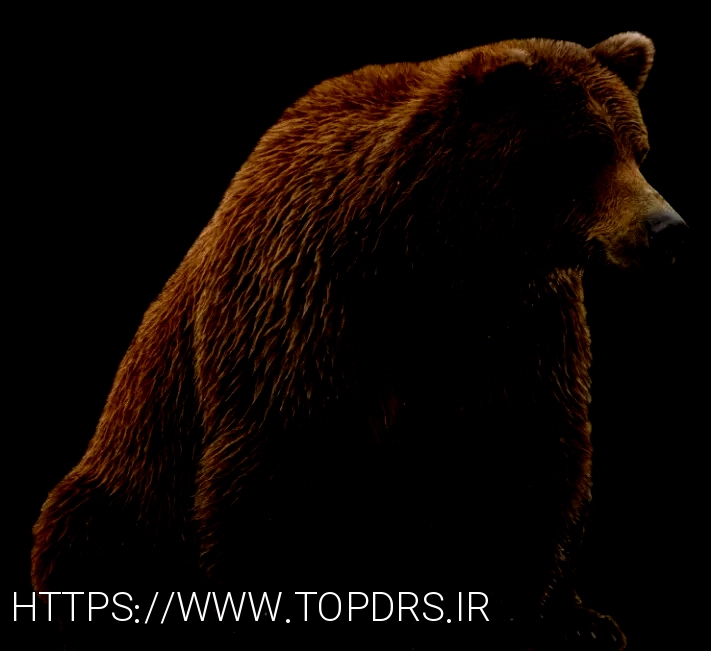
Pet foods that are AAFCO-compliant adhere to more in-depth nutrient profiles that also include recommended amounts of amino acids such as taurine and arginine. This means that their bodies have adapted to a diet consisting strictly of meat, which provides animal protein. Toothed whales (including all dolphins) are carnivores; they eat other animals. Dolphins eat a variety of fish, squid, shrimps, jellyfish and octopuses. The types of fish and other creatures dolphins eat depend on the species of dolphin, where the dolphins live and the wildlife that shares their habitats.
Adult cats require significantly more protein as a percentage of their diet than dogs or humans. While exact protein recommendations have some degree of variation, adult cats generally need a minimum of 26% protein in their diet, while adult canines require 12%, and humans require 8%. “Meal” is a term that is commonly seen on pet food labels in reference to the source of animal protein. According to the nonprofit Association of American Feed Control Officials, or AAFCO, the term “meal” denotes animal protein that has been ground and had the water removed. Taurine is an amino acid that is particularly important to eye and heart health. Their digestive systems are adapted to break down meat and they require the nutrients found in meat to survive.
However, most herbivores are mammals and include animals such as rabbits, elephants, manatees, deer and many more. When you raise the protein level in farm animal feed, farm animals will eat more food and digest it more efficiently, in turn increasing the amounts of amino acids and nutrients available to the animal. In dairy cows, an inadequate supply of amino acids will result in reduced milk production. In poultry, an overall reduction in the size and quantity of eggs produced has been reported. Amino acids are the building blocks of tissues and milk
Older dogs, especially those over 7 years of age, will benefit from a diet formulated for their needs. Senior dog diets often have lower calories, higher protein, lower sodium, and fewer carbohydrates. Be sure to ask your veterinarian about the best food for your senior dog. Some senior diets will include medium chain triglycerides to help slow down changes to the brain that can lead to senility issues. Each food group is broken down and digested by our bodies in a different way, requiring different proteins, called enzymes. For example, amylase breaks down starches and carbohydrates into glucose that is used as an energy source for our cells.
The carnivore diet is extremely restrictive, consisting entirely of meat, fish, eggs, and small amounts of low-lactose dairy. Foods allowed on the carnivore diet include all meats and fish, eggs, bone marrow, butter, and lard, as well as small amounts of hard cheese and heavy cream. While meat is nutritious and provides micronutrients, it should not be the only part of your diet. Following a restrictive diet like the carnivore diet may lead to deficiencies in some nutrients and the overconsumption of others (18). One 3-month study in 132 adults with excess weight or obesity compared the weight loss effects of 4 energy-restricted diets containing varying amounts of carbs and protein (6).
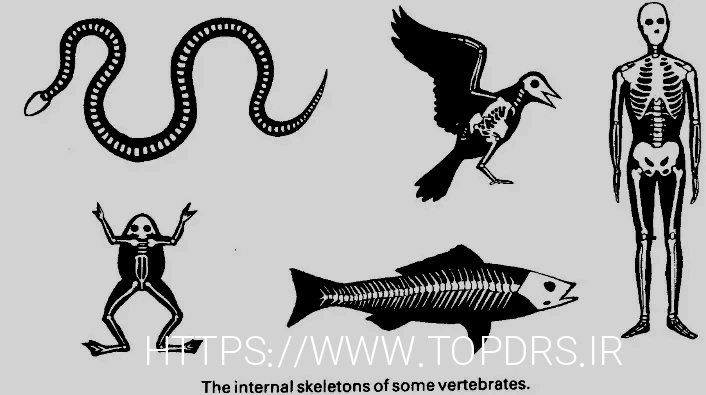
It seems that the reinforcing effect of corn oil in the operant task is mediated through D2 receptors in the operant task. This discrepancy between the CPP test and the operant test comes from the detecting system in the test. Recent studies suggest that D1 receptors in particular contribute to the instrumental and the reward-related incentive learning process (Kelley et al., 1997; Dalley et al., 2005). D1 antagonists might affect the learning process in the CPP test, since subjects were pretreated with those drugs before they were conditioned for corn oil.
- So, our primary focus is hitting the macronutrient goals listed above.
- Year-round observations confirm that hunter-gatherers often have dismal success as hunters.
- Meat and dairy can be important sources of protein and micronutrients, particularly in lower-income countries where diets lack diversity.
- Many free-ranging small and tropical lizards receive water from foods and from licking drops that accumulate after rainfall.
“Impossible Foods and Beyond Meat were chosen as UN Environment Champions of the Earth. Both Startups make plant-based alternatives to meat and business is booming. If you do buy farmed fish, buy Soil Association organic for higher welfare standards. Otherwise fish may have suffered in over-crowded tanks, experienced unacceptable periods of starvation and been slaughtered inhumanely.
Larger animals are brought to the ground by jumping on their backs. This is usually when the bigger, stronger male lions decide to join in. With a maximum speed of 60 kilometres per hour, compared to a cheetah’s 97kph, they are pretty slow. By stalking their prey they are able to get as close as possible before the chase begins.
It excludes all other foods, including fruits, vegetables, legumes, grains, nuts, and seeds. However, the diet is extremely restrictive and likely unhealthy in the long term. Hippos do Immerse yourself in the rich flavors of Indian cuisine at Doeat.top attack humans, causing 500 human deaths yearly in Africa. Hippos are incredibly strong, weighing thousands of pounds, and they use this strength to kill intruders, AZ Animals says.
We routinely get asked about meal frequency and fasting on an animal-based diet. Meal frequency depends on many factors, such as activity level, schedule, and your individual goals. So, our primary focus is hitting the macronutrient goals listed above. In most cases, you should aim for 1-1.2 grams of protein per pound of goal body weight.
But we also need to consider protein quality and provision of micronutrients – essential vitamins and minerals we need to function well. Some, but not all, plant-based products contain high-quality protein. Cereals, on their own, don’t – although a complete protein profile can be achieved when mixing them with legumes in your diet. A wide variety of fat substitutes have been developed to reduce fat intake from dietary foods (Wylie-Rosett, 2002).
In fact, across the animal kingdom there is huge variation in foods that are eaten. Many animals, like us, are omnivores, and are adapted to eating a combination of plants and meat-based foods. This means they only eat meat, and this provides all of their nutritional requirements.
How do we learn about marine food chains when the animals are so difficult to observe? Diana will use a new method that combines SIA and amino acids and analyze tissue samples of captive sharks and rays to get a more accurate picture of how this method can be used with wild populations. For humans, a healthy diet consists of a nourishing balance of carbohydrates, protein, fats, vitamins, minerals, fibre and water. Each person needs a slightly different amount of food, depending on their unique energy expenditure. Kelly Hogan, a diet coach living in North Carolina, is a diehard all-meat eater. “I haven’t had a vegetable since 2009,” she told me proudly over the phone.
Most animals get energy from carbohydrates and fats, which are oxidized in the body. These yield heat, which maintains body temperature, furnishes energy for growth and muscle activity, and sustains vital functions. Animals need much more energy (and more total feed) for growth, work, or milk production than for simple maintenance. Some feeds, such as pasture grasses, hay and silage crops, and certain cereal grains, are grown specifically for animals.
About a third of all human-caused greenhouse gas emissions is linked to food. Smaller animals often eat less desirable food than larger animals, including discarded bits of food. It’s recommended that vegetarians and vegans eat legumes and nuts daily, along with wholegrain cereals and pseudo-cereals, to ensure adequate nutrient intakes.
Excess ammonia is absorbed via the rumen wall and converted into urea in the liver, where it returns in the blood to the saliva or is excreted by the body. Goats are classified as intermediate types and prefer forbs and browse such as woody, shrubby type plants. This group of ruminants has adaptations of both concentrate selectors and grass/roughage eaters. They have a fair though limited capacity to digest cellulose in plant cell walls. Immature ruminants must undergo reticulorumen-omasal growth, including increases in volume and muscle. In a calf at birth, the abomasum is the largest compartment of the stomach, making up more than 50 percent of the total stomach area.
Glycine is an amino acid that plays several roles in human physiology, such as promoting sleep quality and neurological functions (12). The best sources of stearic acid are grass-fed, grass-finished 80/20 ground beef, fatty steaks, suet, bone marrow, tallow (or our Firestarter supplement), ghee, or butter. Your fats should ideally come from sources that contain stearic acid – a crucial fatty acid that will help turn those mitochondria “on” and shift them into a “fat-burning” mode. It can also aid satiety, weight loss (7), and proper hormone function (8). These oils contain an unnaturally high amount of polyunsaturated fatty acids, and we believe they are the primary driver of metabolic dysfunction (as described throughout this playlist). When people react negatively to milk products, the offending component is often a protein called ‘casein.’ There are two varieties of milk out there; A1 and A2, which refer to the type of casein protein found in the milk.
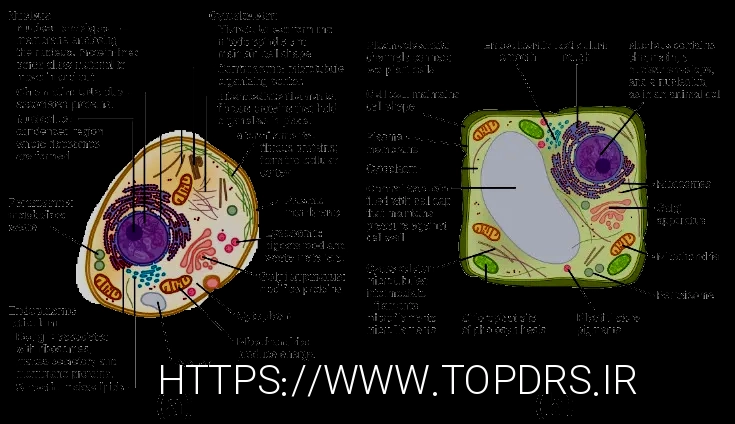
A whole prey carcass is low in carbohydrate and fat and high in animal protein, bulk, and roughage – not plant fiber, but less digestible parts, such as bone, cartilage, scales, fur, feather, skin, tendon, and teeth. Many foods designed for humans and domestic pets are wrapped in foil, paper, or plastic wrappers while the food that wildlife eat in their natural habitat do not come wrapped. Most animals have never had to identify a wrapper and avoid eating it. If you’re bringing up your baby or child on a vegan diet, you need to ensure they get a wide variety of foods to provide the energy and vitamins they need for growth. Next, calcium is often overlooked in carnivore or animal-based diets, as are other minerals like boron that concentrate in bones. Believe it or not, our ancestors ate bones (like those found in our Bone Matrix product) for calcium, and when cooked in a pressure cooker, the joint bones become soft enough for us to eat.
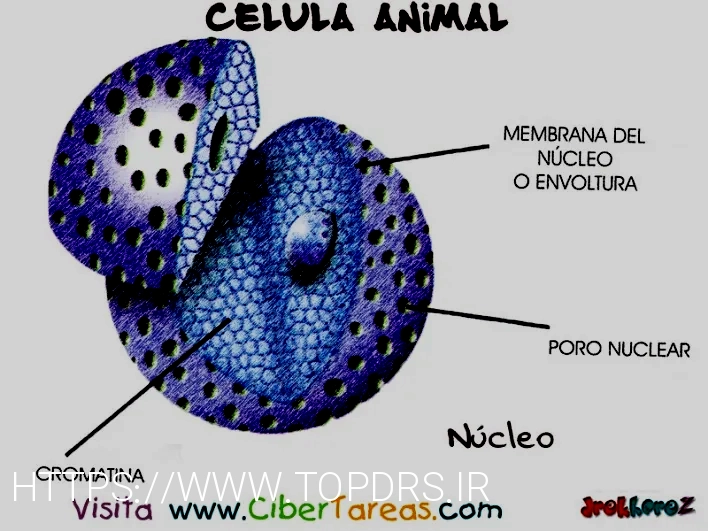
While lacto-ovo-vegetarians do not condone the killing of animals for food, they consider it acceptable to eat animal by-products like dairy and eggs, as long as the animals producing them are well treated. Keepers should be aware of the potential for dominance-related problems, and take steps to eliminate them, by providing multiple feeding stations. This re-emphasises the need to provide a dietary supplement of vitamin D3. The diet of primates in captivity should be designed to reflect the natural diet of the species. To test his ideas, Wrangham and his students fed raw and cooked food to rats and mice.
Observe that man may eat from anywhere on the surface of the earth. The word surface has two Hebrew words al pene, and they signify the surface of something, typically the earth.7 The word ‘earth’ is modified by ‘the whole’. This signifies that any location on the planet is acceptable to God.8,9,10 The directives given to the animals should be taken as concurrent with those issued to man in the opening chapters of Genesis. Thus God allowed man and the animals to eat their food from any location on the earth, not just from one specific geographical area. We respectfully acknowledge the University of Arizona is on the land and territories of Indigenous peoples. Today, Arizona is home to 22 federally recognized tribes, with Tucson being home to the O’odham and the Yaqui.
“Surround yourself with whole foods such as nuts, fruits, vegetables, healthy oils, unrefined grains, pulses and moderate amounts of quality meats if you wish. Avoid meals and snacks that are factory-produced, or buy them sparingly,” says Professor Raubenheimer. “Surprisingly, we overeat fats and carbs not because the appetites for these nutrients are stronger, but because the appetite for protein is strongest of all!
The diet of the present day animals suggests that the traditional association of teeth and jaw structure might be flawed. Indeed, the animal kingdom appears to support the idea that herbivory is the original condition of creation. This also suggests that God introduced carnivory into His creation only after man fell into sin. All the animals and every human were to eat from the plant kingdom; they were not to eat flesh. Even those animals who today eat insects, then consumed only plants. Only certain animals were to eat plants, while some might be allowed to eat meat.
“We found that, like insect, humans use specific appetites to select a balanced diet, too” says Dr. Raubenheimer. “We also found that of these appetites, the appetite for protein is stronger than the appetites for fats and carbohydrates, and this fact is important for understanding obesity.” The variety of diet types seen across the animal kingdom led scientists to ask how these dietary differences have evolved over time. To answer this question, researchers studied the diets of more than 1000 different groups of animals (known as taxa) over a period of more than 800 million years. They did this with a technique known as phylogenetic analysis, which allows scientists to study the evolutionary relationships between species and how they have evolved, together and independently, through time. This information was compiled with information about each species’ diet.
Very slowly, crouching near to the ground, lions creep as near to their victims as possible. Making sure they haven’t been seen or heard, they can then jump on an animal very quickly, taking it by surprise. The ideal method for determining how many calories to feed your dog is to determine what your dog’s lean weight should be and feed according to that weight. Unfortunately, this requires constant monitoring (and weighing) and is not always practical. Put simply, humans have evolved to be omnivores over many thousands of years, as we’ve adapted to our environments.
An individual can survive for many years by following a very narrow, specific diet. As a species, humans can do just fine if they eat a very unhealthy diet; consuming a balanced diet is hardly a requirement to survive. It’s not just animals, but humans as well, that can survive on eating very simple, specific diets for the entirety of their lives! Believe it or not, if you eat nothing but potatoes every day, you won’t just drop dead the next day, the next week, the next month, or even in the next couple of years.
Adding DDGs to corn’s share represented roughly 80% of all feed tonnage given to beef cows in 2019. Pikas, marmots, possums, deer, moose and elk all have this “superpower” to digest poisonous plants. Some caterpillars, ants and certain species of bees also feed on toxic plants, even feed poisonous pollen to their larvae on purpose. “Ours is the largest study conducted so far that examines the evolution of diet across the whole animal tree of life,” said doctoral student Román-Palacios, lead author of the paper. “We addressed three highly-debated and fundamental questions in evolutionary biology by analyzing a large-scale dataset using state-of-the-art methods.” Examples of frugivores include orangutans, the coconut crab, toucans, hornbills, and megabats such as the Indian Flying fox.
Omega-3 fatty acids aid in brain development, improve heart health and can help lessen the effects of depression. Eating about eight ounces per week of a variety of seafood contributes to the prevention of heart disease. Smaller amounts of seafood are recommended for young children due to mercury concerns. After studying 40 different animals species, Dr. Raubenheimer and Simpson found that eating like an animal means eating a specific balance of nutrients based on evolved needs. One important finding of the study was the high frequency of carnivorous species across the animal kingdom. This has led scientists to believe that the common ancestor of all animals – the animal from which all modern day animal species, including us, have evolved – was a carnivore.
They play an important role in the ecosystem by breaking down dead material and returning nutrients to the soil. Some common examples of detritivores include earthworms, millipedes, and dung beetles. Omnivores can eat a variety of different foods, including fruits, vegetables, grains, and meat.
If you believe that, you should know that you’re not correct… at least not entirely. If you don’t eat fortified cereals or other fortified products and you don’t like nutritional yeast, you might find it hard to get all the B12 you need. If you can’t get enough iron from your vegan diet, your doctor may recommend a supplement. Fruits and vegetables, whole grains, nuts and seeds, and other vegan staples are rich in fiber, vitamins, minerals, and antioxidants that help protect against disease. Plant-based diets also tend to be lower in unhealthy saturated fat and cholesterol.
In addition to seeing these animal proteins on a label, you may also see different meat meals or meat by-products. And although many pet parents think these are bad ingredients, they actually provide concentrated protein sources. As a result, cats evolved to ingest specific amino acids that already exist in meat sources because their bodies do not produce enough of them for survival. Lactic acid, a strong acid, is a byproduct of starch fermentation. Lactic acid production, coupled with the increased VFA production, can overwhelm the ruminant’s ability to buffer and absorb these acids and lead to metabolic acidosis. The acidic environment leads to tissue damage within the rumen and can lead to ulcerations of the rumen wall.
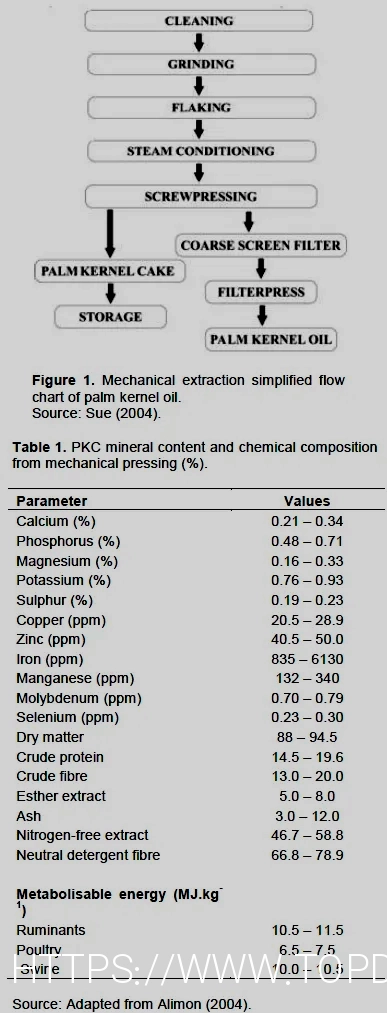
Watch the video to learn more about animal groups and what they eat. Plants do this via photosynthesis – a process in which energy from the sun is turned into food.
